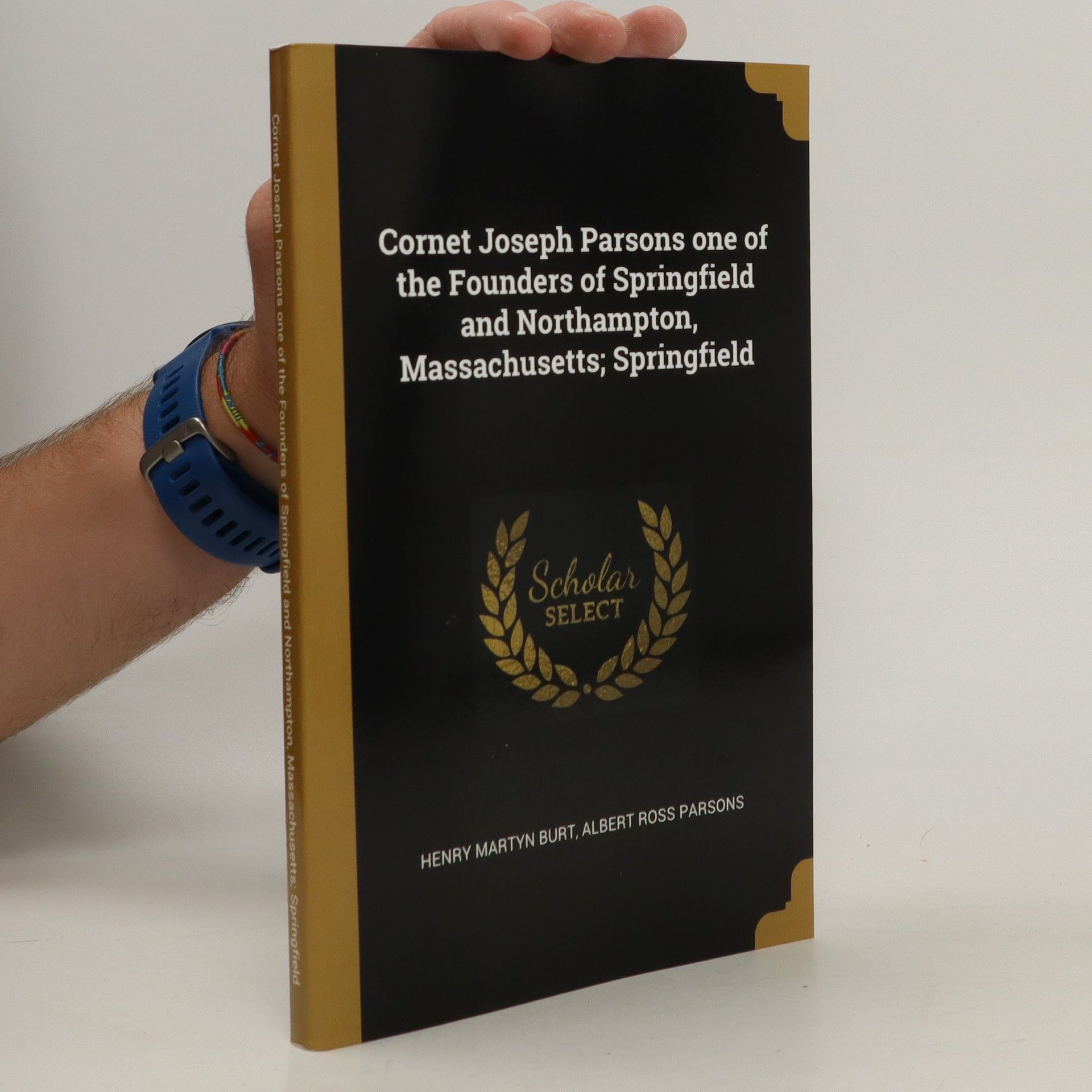This work has been selected by scholars as being culturally important and is part of the knowledge base of civilization as we know it. This work is in the public domain in the United States of America, and possibly other nations. Within the United States, you may freely copy and distribute this work, as no entity (individual or corporate) has a copyright on the body of the work. Scholars believe, and we concur, that this work is important enough to be preserved, reproduced, and made generally available to the public. To ensure a quality reading experience, this work has been proofread and republished using a format that seamlessly blends the original graphical elements with text in an easy-to-read typeface. We appreciate your support of the preservation process, and thank you for being an important part of keeping this knowledge alive and relevant.
Albert Ross Parsons Livres






Parsifal
- 60pages
- 3 heures de lecture
Experience Wagner's masterpiece like never before with this insightful guide. Parsons' deep knowledge of music and opera shines through in his thorough analysis of the music and libretto of Parsifal. This book is a must-read for any opera lover or classical music enthusiast.
New light from the great pyramid
the astronomico-geographical system of the ancients recovered and applied to the elucidation of history, ceremony, symbolism, and religion, with an exposition of the evolution from the prehistoric, objective, scientific
- 446pages
- 16 heures de lecture
Recognized for its significance in literature, this book serves as an essential resource for scholars and future generations. It is presented in its original form, with intentional marks preserved to maintain its authenticity and historical value.
Parsifal
The finding of Christ through art or, Richard Wagner as theologian
- 116pages
- 5 heures de lecture
Exploring the intersection of art and theology, this work delves into Richard Wagner's interpretation of Christ through his operatic masterpiece, Parsifal. The author examines Wagner's philosophical and spiritual insights, presenting a compelling argument for how art can lead to a deeper understanding of faith. This reprint preserves the original's scholarly depth and relevance, appealing to both music enthusiasts and those interested in theological discourse.
This reprint preserves the essence of a classic work originally published in 1883, offering readers a chance to explore the themes and narrative style of the time. The book provides a glimpse into the historical context and cultural nuances of its era, making it a valuable addition for both enthusiasts of vintage literature and new readers alike.
The Science Of Pianoforte Practice
An Essay On The Proper Utilization Of Practice Time (1886)
- 74pages
- 3 heures de lecture
Focusing on effective practice strategies, this guide offers pianists essential techniques for enhancing their skills. It addresses key areas such as interpretation, phrasing, and expression, providing practical exercises to tackle common challenges. Additionally, the book explores the historical context of piano playing and the development of techniques over time. Aimed at pianists of all skill levels, this comprehensive resource promotes skill improvement and artistic growth, making it a valuable tool for anyone looking to reach their full potential.
The Science of Pianoforte Practice: An Essay on the Proper Utilization of Practice Time
- 78pages
- 3 heures de lecture
Selected for its cultural significance, this work preserves the integrity of the original artifact, showcasing authentic copyright references and library stamps from prominent libraries worldwide. It serves as a vital piece of civilization's knowledge base, offering readers a glimpse into historical documentation and scholarly importance.
This work has been selected by scholars as being culturally important, and is part of the knowledge base of civilization as we know it. This work was reproduced from the original artifact, and remains as true to the original work as possible. Therefore, you will see the original copyright references, library stamps (as most of these works have been housed in our most important libraries around the world), and other notations in the work. This work is in the public domain in the United States of America, and possibly other nations. Within the United States, you may freely copy and distribute this work, as no entity (individual or corporate) has a copyright on the body of the work. As a reproduction of a historical artifact, this work may contain missing or blurred pages, poor pictures, errant marks, etc. Scholars believe, and we concur, that this work is important enough to be preserved, reproduced, and made generally available to the public. We appreciate your support of the preservation process, and thank you for being an important part of keeping this knowledge alive and relevant.
